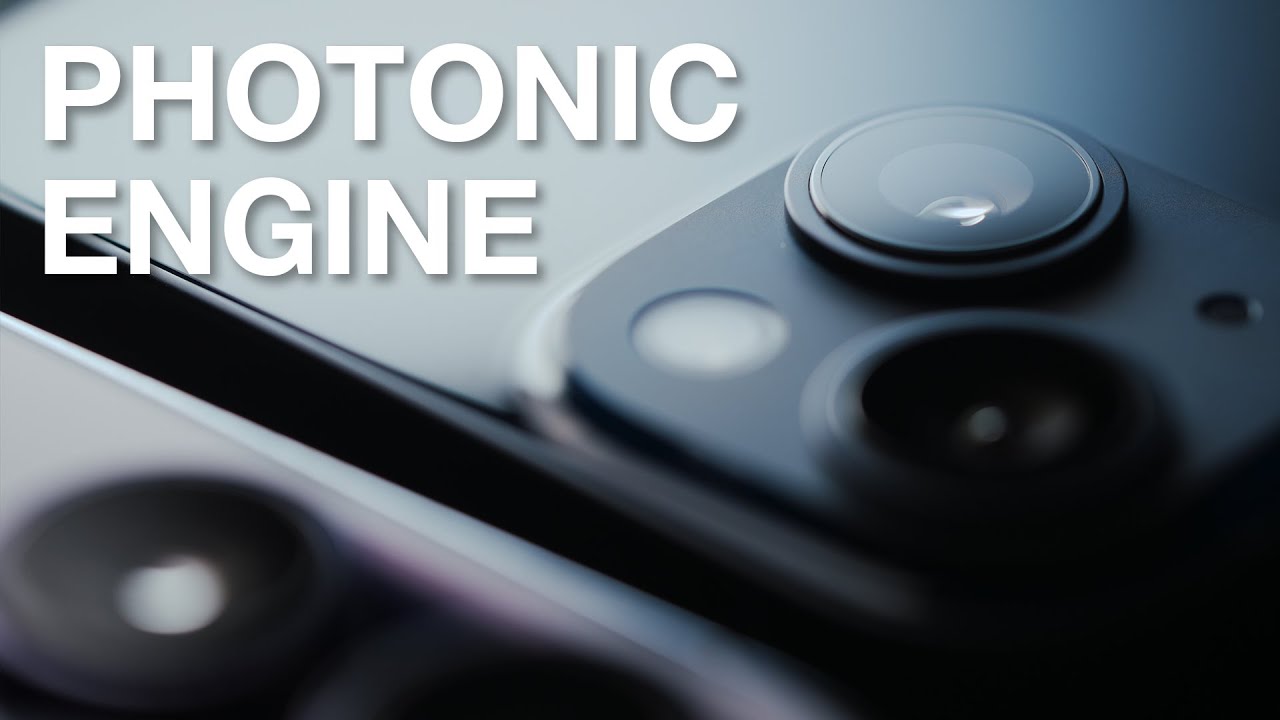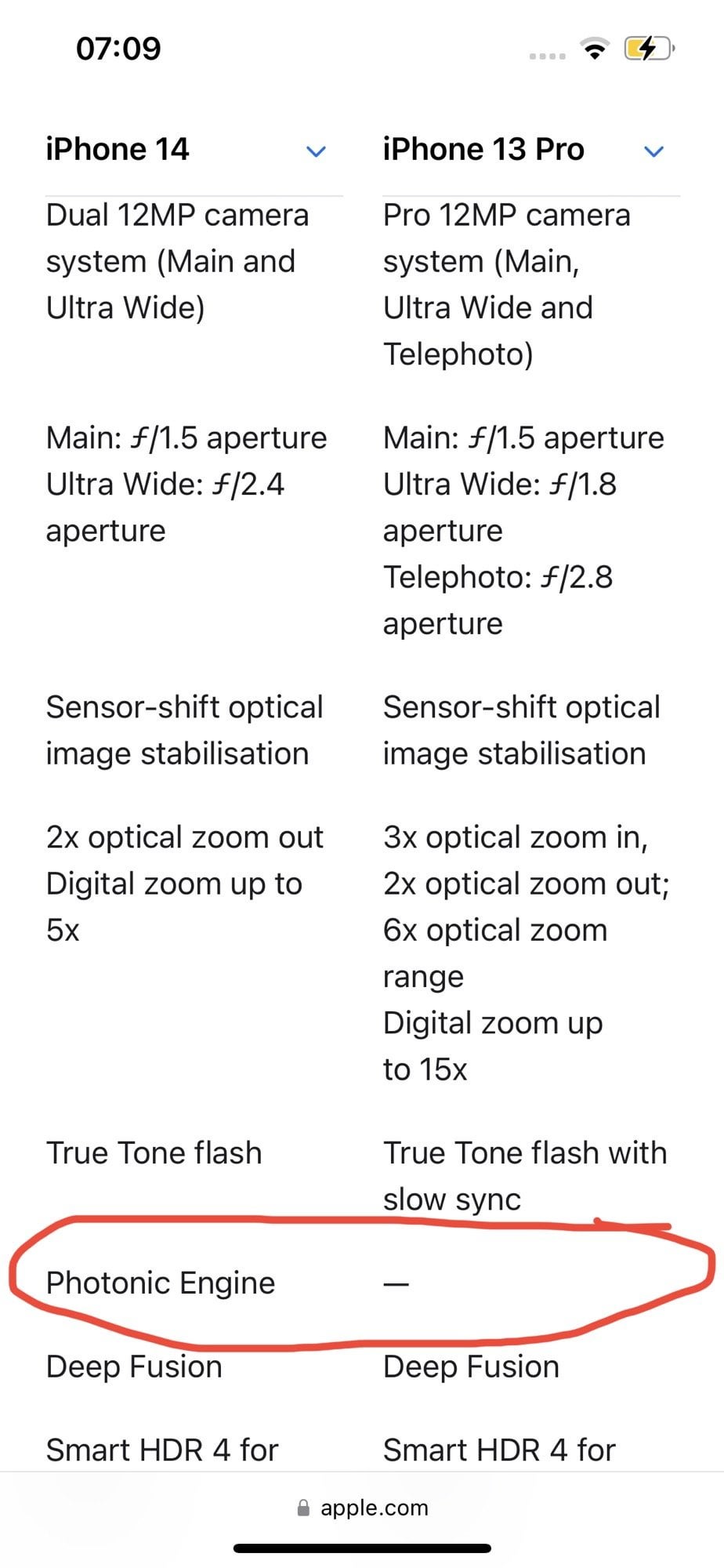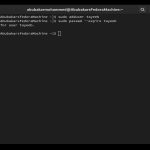Photonic engines and traditional engines represent fundamentally different approaches to power generation and signal processing. Determining superiority depends entirely on the specific application context.
Core Principles
Traditional Engines: Typically refer to internal combustion engines (ICE) or electric motors. ICEs convert chemical energy (fuel) into mechanical energy via combustion. Electric motors convert electrical energy into mechanical energy using electromagnetic fields.
Photonic Engines: This term often refers to systems using light (photons) for computation or signal processing (e.g., photonic integrated circuits - PICs), or theoretically, propulsion concepts using light pressure or photonic energy conversion. They manipulate photons instead of electrons (electricity) or combusting fuel.

Key Performance Comparison
Speed & Latency:
- Photonic: Superior for data transmission and processing. Light signals travel faster than electrons and experience less resistance/interference, enabling ultra-high bandwidth and lower latency communication and computing.
- Traditional (Electric): Slower signal propagation compared to light. Limited by electron drift velocity and capacitive effects.
- Traditional (ICE): Governed by mechanical cycles (intake, compression, power, exhaust), inherently slower than photonic signals.
Energy Efficiency & Heat:
- Photonic (Computing/Comm): Generate significantly less heat than electronic circuits performing the same computational tasks, reducing cooling needs. Energy loss primarily through conversion (electric-to-photon and photon-to-electric).
- Traditional (Electric Motor): Highly efficient (often >90%) at converting electrical energy to mechanical motion. Heat generation occurs but is generally manageable.
- Traditional (ICE): Inherently inefficient (typically 20-40% efficiency) due to heat loss through exhaust and cooling systems. Significant waste heat is a major drawback.
Power Density & Propulsion:
- Photonic (Propulsion Concepts): Theoretical concepts (e.g., solar sails, photon rockets) offer extremely low thrust but potentially very high specific impulse (fuel efficiency in space). Power density for generating useful thrust is currently extremely low compared to chemical rockets.
- Traditional (ICE/Electric Motor): Provide high power density and torque, making them practical for terrestrial and aerial vehicles, heavy machinery, and propulsion where significant thrust/force is required immediately.
Scalability & Maturity:
- Photonic (Computing/Comm): Rapidly advancing, especially in data centers and telecom. Integration with existing electronics (silicon photonics) is key. Scalability for high-power applications (like replacing ICEs in cars) is currently impractical.
- Traditional (ICE/Electric): Highly mature, massively scalable, and deeply integrated into global infrastructure. Manufacturing, fuel/energy supply chains, and repair networks are well-established.
Application Domains
- Photonic Engines Dominate: High-speed optical fiber communication, photonic computing accelerators (AI/ML), low-power sensors, LiDAR, quantum computing interfaces.
- Traditional Engines (ICE) Dominate: Mainstream automotive, aviation (jet engines are a type of ICE), shipping, heavy industrial machinery.
- Traditional Engines (Electric) Dominate: Electric vehicles, consumer appliances, robotics, industrial automation, renewable energy integration (wind turbines).
Conclusion: Which is Better?
There is no single "better" engine. The choice is application-specific:

- Choose Photonic Systems for ultra-high-speed data transmission, low-latency computing, specific sensing tasks, and applications where minimal heat generation is critical.
- Choose Traditional Electric Motors for efficient conversion of electricity to mechanical motion across a vast range of scales and applications.
- Choose Traditional ICEs (for now) where high energy density fuel, high power-to-weight ratio, and established infrastructure are paramount, despite lower efficiency and higher emissions.
Photonic technology excels in the information domain, while traditional engines (especially electric) remain dominant for mechanical work and propulsion requiring high force. Future advancements may blur these lines, particularly in integrated photonic-electronic systems and novel propulsion concepts.











